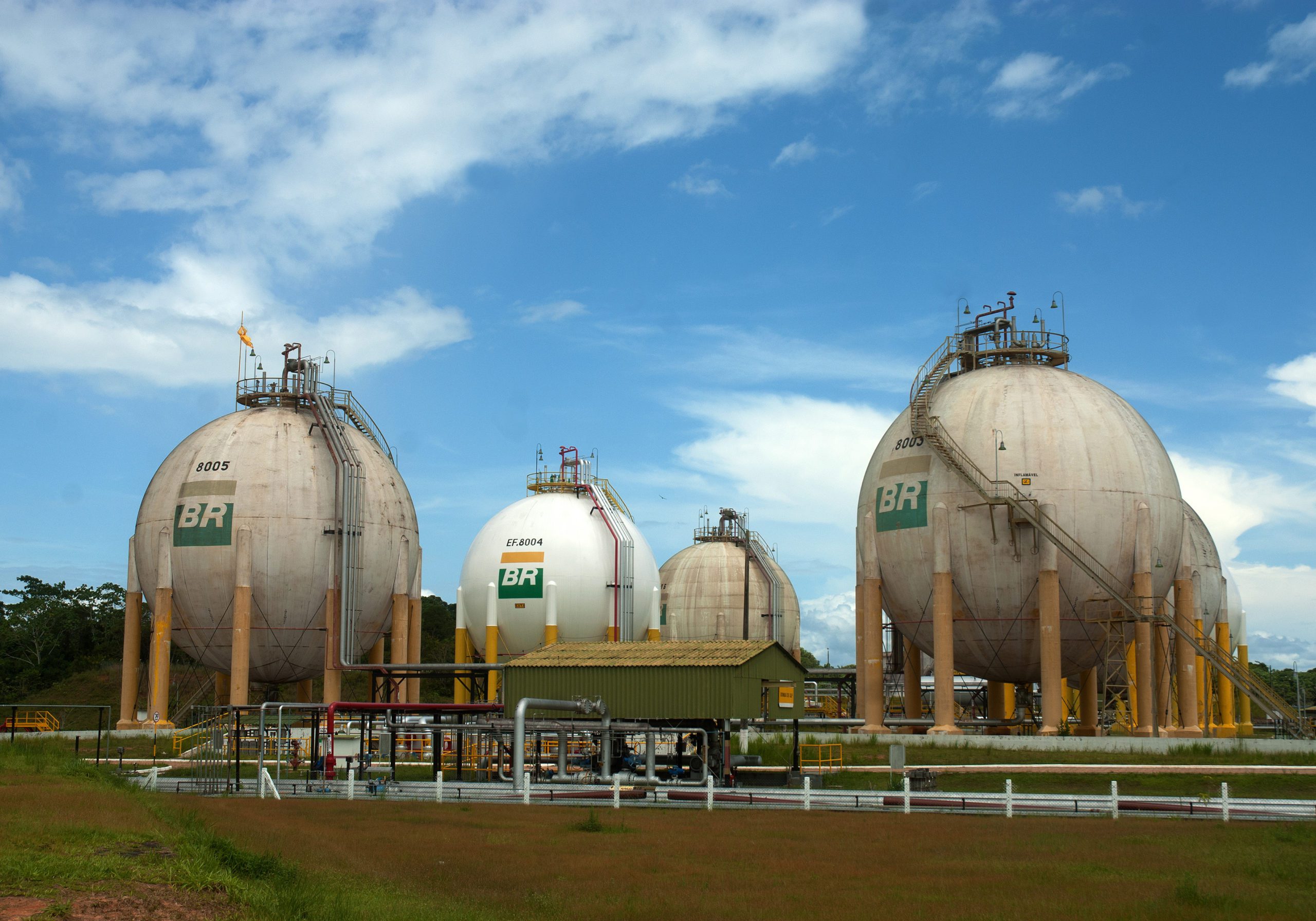(S&P Global Platts) Brazil’s natural gas industry received a significant push forward with approval of the country’s New Gas Market, but it faces a critical year in 2022 to consolidate implementation of the regulatory regime and create the foundation for a successful energy transition, industry leaders said Feb. 7.
“There have been a lot of conquests that we should celebrate,” Claudia Brun, vice president, new value chains, at Equinor, said during a webinar. “But there is still a lot of work to do.”
Brazil’s National Petroleum Agency, or ANP, is leading the regulatory overhaul after President Jair Bolsonaro signed the New Gas Market into law in 2021, with a full agenda aimed at installing the market-friendly rules scheduled for 2022. The ANP is the country’s leading regulator for the oil, gas and biofuels industries.
One of the biggest challenges of the New Gas Market stems from the rush by Brazil’s 26 states and the federal district of Brasilia to enact local legislation that combines the federal law with state statutes. While states such as Bahia enacted market-friendly measures that led to increased suppliers and lower prices, other states took a different path, including imposing additional tariffs or taxes, officials said.
“The New Gas Market isn’t a new source of revenue,” said Marcelo Magalhaes, CEO at onshore producer PetroReconcavo.
The additional taxes often cause distortions in the economics of a project, officials said. It may be more lucrative for an oil and gas producer, for example, to export gas to a neighboring state, where it can be sold without the additional taxes, rather than sell that gas to local customers.
“Companies want to invest, but we need to focus on how to create a favorable environment for investments,” said Hugo Repsold, director of gas and energy at 3R Petroleum. “Now is not the time to create uncertainties with taxes.”
The ANP will also likely be forced to resolve the differences between federal and state legislation, playing a fundamental role in the harmonization process, officials said. The work, however, threatens to overwhelm the ANP given the size and scope of the task.
“The velocity of change depends on the capacity of the ANP to respond to the market,” said Helio Bisaggio, ANP superintendent for infrastructure and movement.
Increase output, pipeline access
In 2022, the ANP will likely focus its regulatory efforts on helping to unlock Brazil’s offshore gas potential and further open access to the country’s three main gas-transportation pipelines operated by Transportadora Asociada de Gas, or TAG; Nova Transportadora do Sudeste, or NTS, and Transportadora Brasileira Gasoduto Bolivia-Brasil, or TBG, Bisaggio said.
Brazil wants to boost gas output as a way to flood the market with much-needed fresh supplies to reduce prices and expand consumption across Latin America’s biggest economy. But much of the gas produced in Brazil, especially offshore, is injected back into reservoirs to maintain reservoir pressure or increase recovery rates.
“We want to improve how we accompany gas injection rates as well as take better advantage of the gas produced,” Bisaggio said.
Brazil extracted 133.7 million cu m/d on average in 2021 but injected about 60.8 million cu m/d back into reservoirs, according to the ANP’s latest production report released Feb. 3.
One of the ways to better use Brazil’s offshore gas is through better planning, Bisaggio said. The ANP wants to revise regulations surrounding discovery evaluation plans, or PADs, or the development plans that must be submitted to the regulator by oil companies for each commercial oil discovery. Updated regulations would require a chapter in the PAD specifically aimed at developing gas contained in a discovery, Bisaggio said.
The ANP is also working with pipeline operators NTS, TAG and TBG to hold public tenders for new inbound and outbound capacity in 2022, Bisaggio said. Year-end volatility delayed the offer of some pipeline products.
Incremental capacity on the pipelines first started to open up after state-led oil company Petrobras released some of the excess capacity that the company controlled under terms of a 2019 antitrust agreement.
Brazil also has plans for a platform to balance entry and exit from the system and keep the pipelines properly pressurized, Bisaggio said. That will likely come in 2023.



